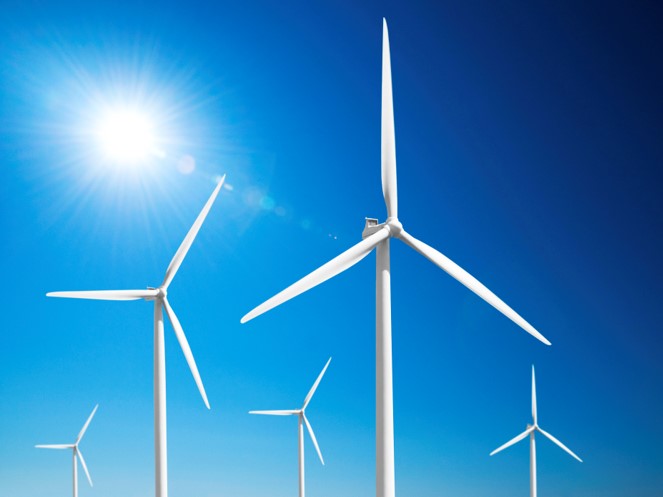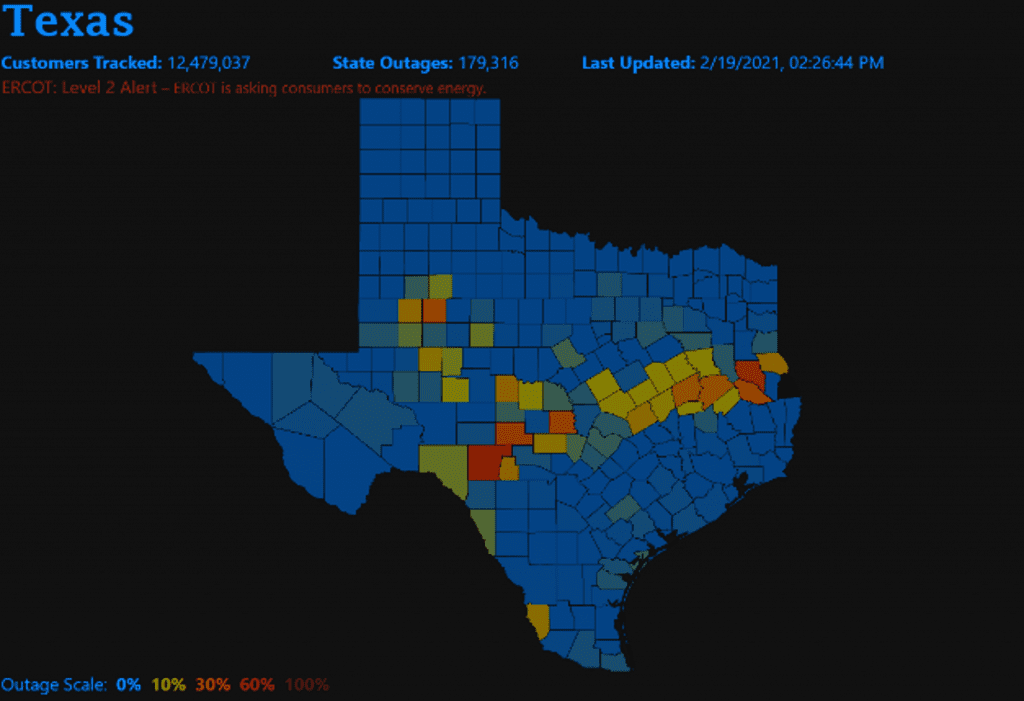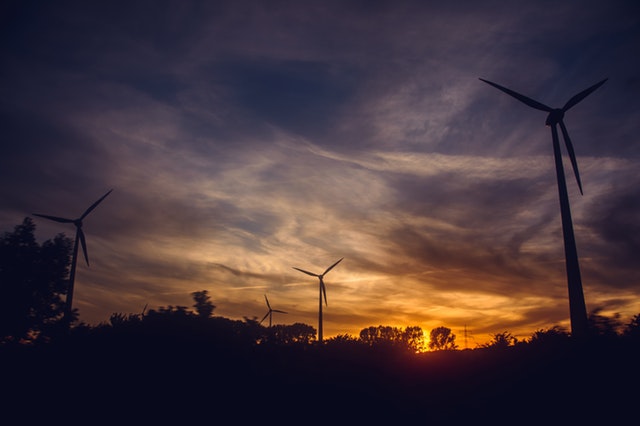Build Back Better Initiative and the Future of Green Technology
With a global increase in temperature and an influx in powerful and severe weather, the effects of global warming are increasingly clear throughout the world.
As the impacts of global climate change continue to worsen, the United States government must take action now. Through the Build Back Better initiative, real progress has been made to ensure the affordability and longevity of green technology in the residential/consumer and commercial sectors.
How the Build Back Better Initiative is Shaping the Future of Green Technology
In addition to provisions for social spending that will strengthen the middle class, at a base level, the Build Back Better plan (BBB for short) is a once-in-a-generation piece of legislation that “set(s) the United States on course to meet its climate goals, create millions of good-paying jobs, enable more Americans to join and remain in the labor force, and grow our economy from the bottom up and the middle out.”
But why – and more importantly how, will this be achieved?
4 Ways the Build Back Better Plan Aims To Combat Climate Change:
Ask any home or business owner – one of the main barriers to integrating clean, renewable energy is the cost and lifespan of the equipment. Though the proposed legislation encompasses a broad spectrum of climate and social spending, this post will focus on four key pillars that will lower the cost of clean energy and rapidly increase deployment:
- 5-year Production Tax Credit (PTC) | Investment Tax Credit (ITC)
- 25D Direct Pay: Energy Justice
- Energy Storage Exploration
- Additional USDA REAP Funding
These programs aim not just at reducing the initial cost to the consumer, but also to increase the longevity and lifespan of the energy efficient equipment, in turn maximizing the lifespan and use of integrated clean energy.
5-year Production Tax Credit (PTC) | Investment Tax Credit (ITC)
The major goal of the BBB initiative is to expand access to renewable energy sources for all levels of commercial and residential uses, be it a start-up business, low-income neighborhood, or non-profit.
Widely popular – a proposed 5-year PTC/ITC would lock the previously cascading tax credits for renewables at 30% for a minimum duration of five years. This means the owner gets 30% off on everything! Combine that with the new 10% credit for technology made in America, and 10% for marginalized communities, and some new renewable energy installations could see up to 50% federal incentive on their distributed wind turbine or solar installation.
*A Quick Note on the 5-Year PTC|ITC: Unfortunately, the current wording in the Senate proposes the domestic manufacturing tax credit for SOLAR inverters which, by definition excludes inverters for wind systems. The Distributed Wind Energy Association is working tirelessly to correct this discriminatory provision*
Direct Pay 25D: Energy Justice
Under the current framework, in 2023 BBB will provide a direct payment option for the Investment Tax credit under 25D. This makes the “tax credit” able to be captured by individuals or organizations without a tax liability, such as low-income, non-profit or municipal facility installations.
The inclusion of direct payments is a massive step toward ensuring individuals and organizations of all income levels can capture current incentives to integrate clean energy into their development plans. The Energy Equity program “puts Main Street Americans on equal footing with their higher-income and corporate counterparts.”
Energy Storage and Improvement Tax Credits:
For any generator of renewable energy, ensuring that excess energy can be stored correctly is a cornerstone of the overall impact and performance of the wind or solar installation. As battery energy storage costs continue to decline, and other novel energy storage methods become commonplace, these new tax credits provide a foothold needed for those eco-friendly technologies to take root in today’s rapidly-changing electrical grid.
Under the new legislation, the ITC includes expanded coverage of eligible energy storage technology and also secures funding for grants and loans for certain electric cooperatives to purchase and deploy renewable energy systems and improvements.
Additional USDA REAP Funding
The Build Back Better plan also facilitates increased Rural Energy for America Program (REAP) funding through the USDA, to fund underserved technologies, like Distributed Wind and biogas.
“A REAP reserve fund supporting underserved technologies, such as distributed wind, would help address climate change and expand domestic manufacturing of clean energy technology, creating jobs and bringing down costs for energy users and others,” said Mike Bergey, Board President of the Distributed Wind Energy Association.
But this bill hasn’t passed the Senate yet and it’s imperative that we continue to show our support.
Build Back Better Initiative: What You Can Do To Help
Whether you’re a small, low-income municipality, non-profit organization, start-up business, or even a regular residential electricity user, the Build Back Better initiative allows for a move away from fossil fuel and greater equitable access to clean, renewable energy sources, such as distributed wind, solar, biogas, and geothermal energy. But the bill has hit some roadblocks in the senate.
While the drastic effects of climate change can be seen in almost every environment in almost every corner of the world, it’s not too late to act. If your organization can support it, please use this form to be added to the sign-on list.
The Author, Dan Clunies, is a DWEA board member, a 10-year veteran of the oil and gas industry, and a former Houston resident who enjoyed motorcycling in the Texas Hill Country. He now works for Windurance, a technology leader in blade pitch control and power electronics for the wind energy industry in his hometown of Pittsburgh.
Learn More About Distributed Wind
(Editor's Note: This blog was originally published in January 2022 and has been updated with current information.)



